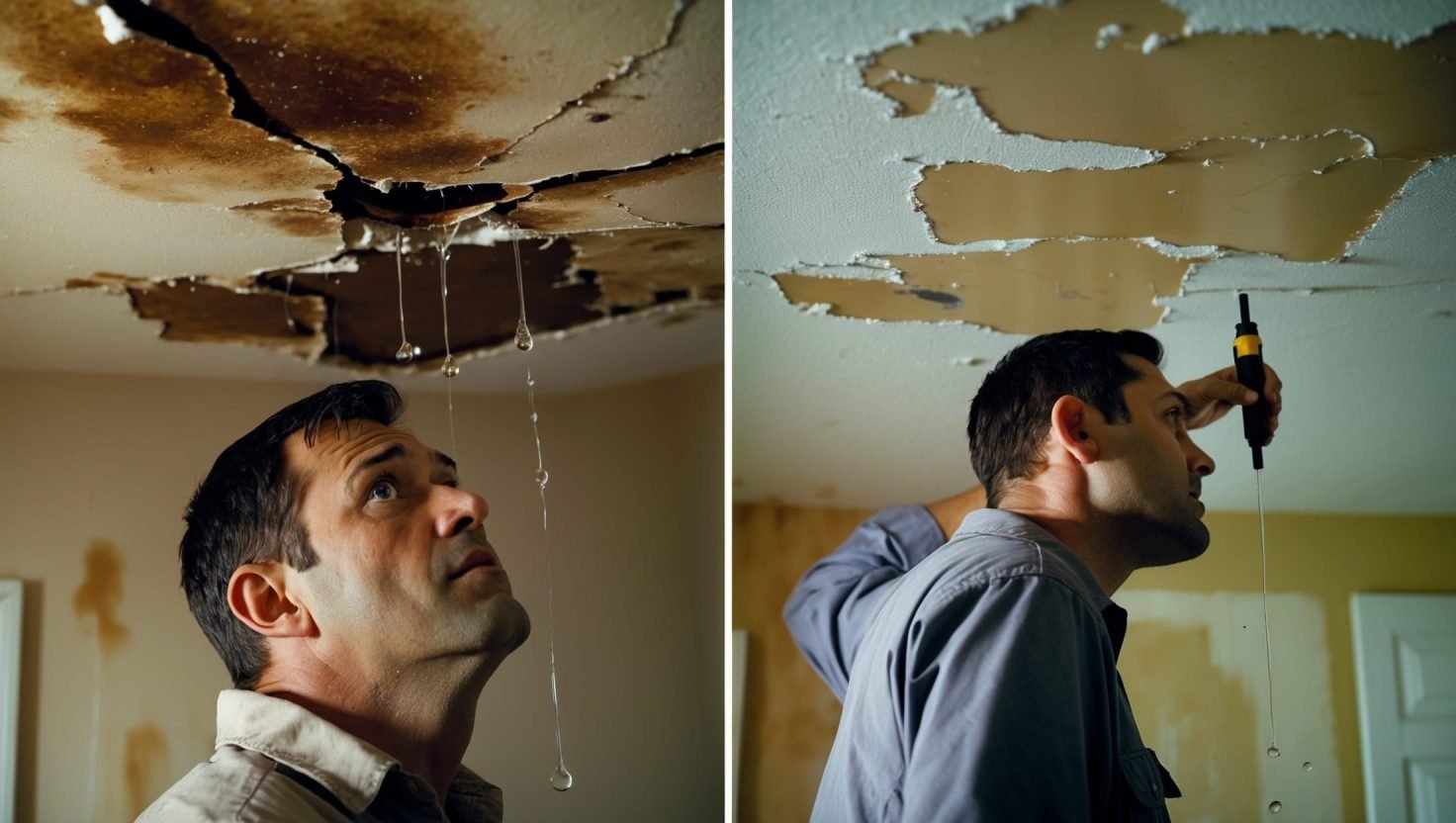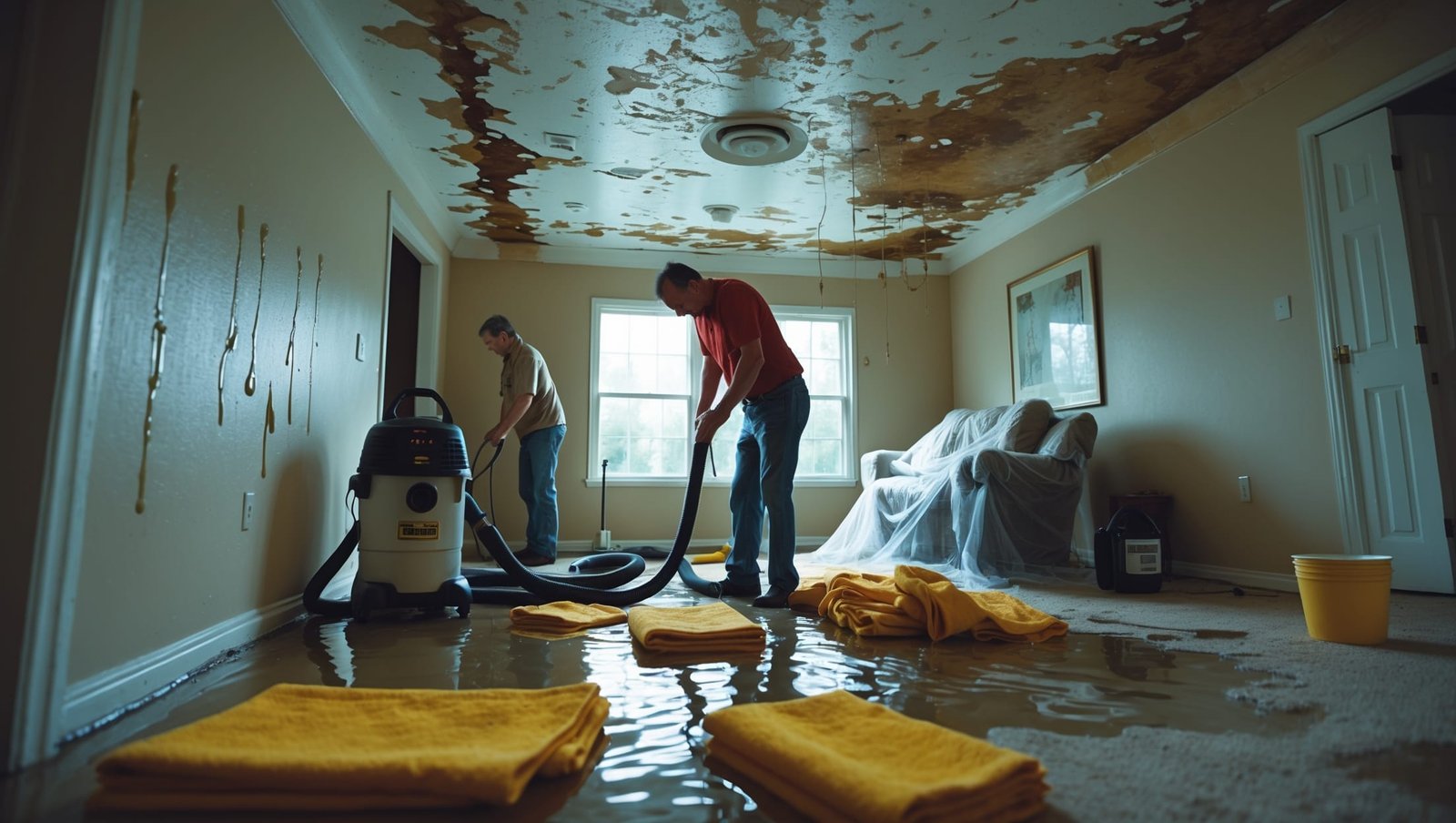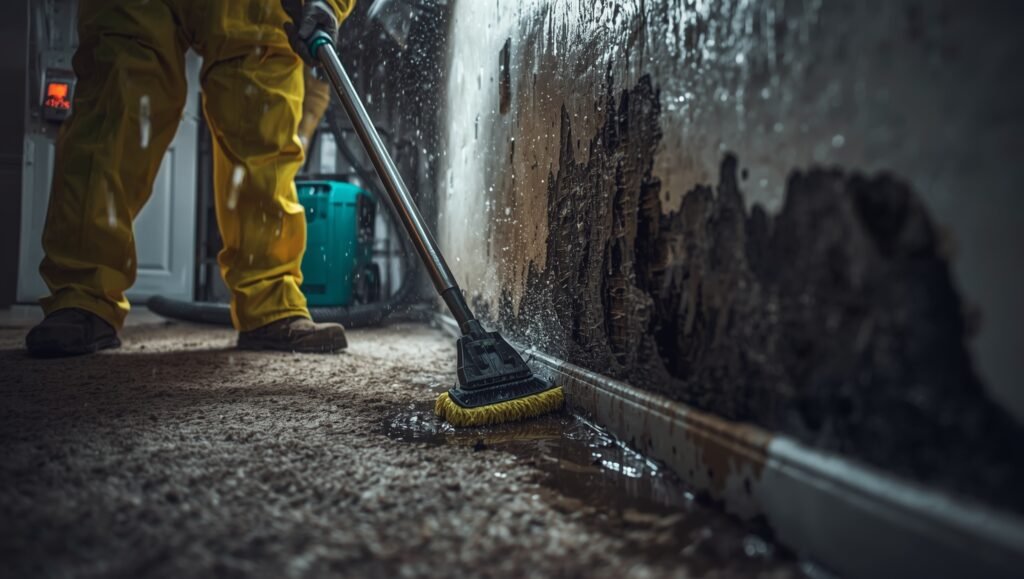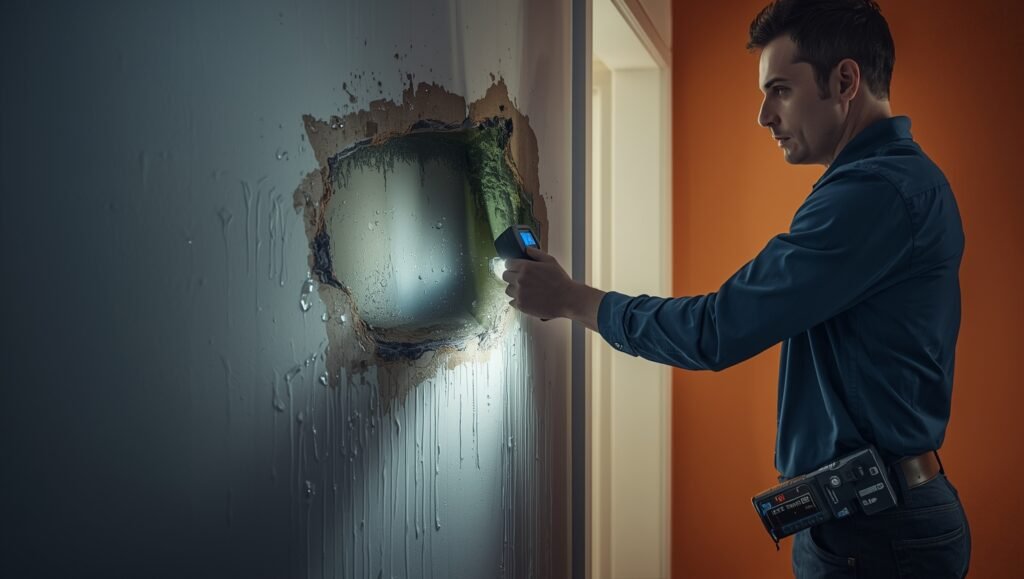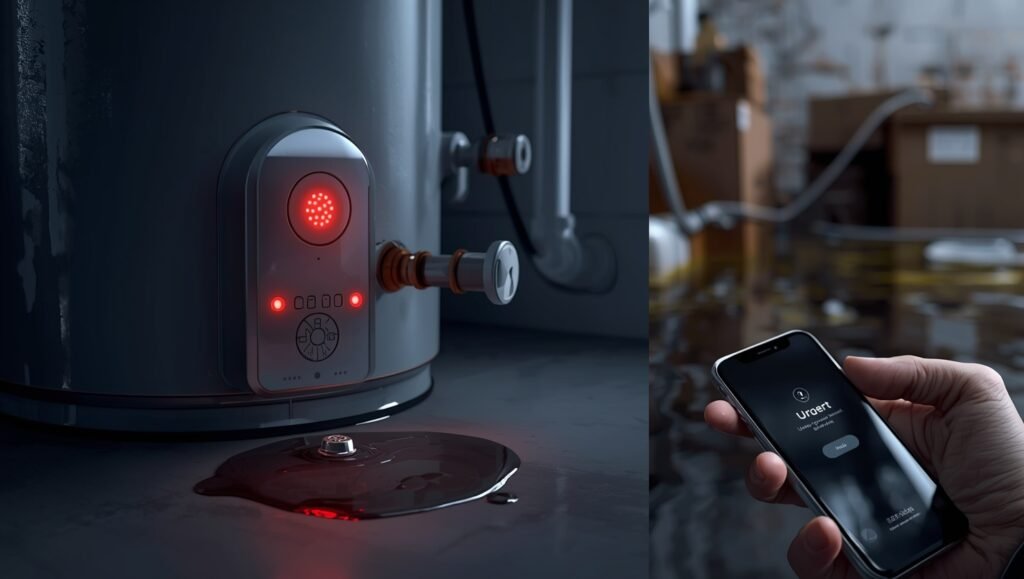Water Damage Ceiling Fix: What Every Homeowner Needs to Know
Your ceiling is drooping. Water stains are spreading. Panic mode? Not anymore.
Water damage to your ceiling isn’t just an eyesore—it’s a ticking time bomb that can compromise your home’s structural integrity and health. In Rochester, NY, we’ve seen countless homeowners face this nightmare. The good news? With the right knowledge and quick action, you can minimize damage and save thousands in repairs.
Understanding Water Damage in Ceilings
Water damage to ceilings can happen faster than you think. A small leak can turn into a major problem within hours. Here’s what you need to know:
- Water can spread quickly through building materials
- Mold can start growing in as little as 24-48 hours
- Structural damage becomes more expensive with each passing day
Bottom line: Water damage escalates quickly—act fast or pay big later.
Signs of Ceiling Water Damage
Spotting water damage early is crucial. Watch for these red flags:
- Discoloration: Yellow or brown stains spreading across the ceiling
- Sagging: Ceiling material looking soft or drooping
- Bubbling paint: Moisture trapped behind the surface
- Musty odors: Potential mold growth lurking beneath
Real-world example: Last month, a Rochester homeowner called JetDry after noticing a small brown spot. By the time they reached out, the spot had grown to a 3-foot water stain. Quick action prevented total ceiling collapse.
Bottom line: Small signs can indicate massive hidden water damage.
Immediate Steps When You Discover Ceiling Water Damage
- Contain the water source immediately
- Move furniture and valuables away from the affected area
- Place buckets to catch dripping water
- Turn off electricity in the affected room
- Document the damage for insurance
Pro tip: Take clear, well-lit photos of the damage. These will be crucial for insurance claims and restoration professionals.
Bottom line: Your first 60 minutes determine the extent of potential damage.
Common Causes of Ceiling Water Damage
- Roof Leaks: Damaged shingles or improper flashing
- Plumbing Issues: Burst pipes or slow leaks
- Condensation: Poor ventilation in attics or bathrooms
- Appliance Failures: Washing machines, water heaters
- Weather Events: Heavy rain or snow melt
One Rochester homeowner discovered a leak originated from a tiny crack in their bathroom’s water supply line—a $5 part that caused $5,000 in damage.
Bottom line: Water damage can start from the smallest, most unexpected sources.
The Hidden Dangers of Ignoring Ceiling Water Damage
Ignoring water damage isn’t just risky—it’s potentially catastrophic:
- Structural wood rot
- Toxic mold growth
- Electrical hazards
- Decreased property value
- Health risks from mold and bacteria
Walt Latuik, JetDry’s CEO, has seen homes where minor leaks turned into $50,000 restoration projects. “The difference between a $500 fix and a $50,000 nightmare? Timing,” he says.
Bottom line: Procrastination with water damage can bankrupt you.
Walt and his team have saved homes like yours for over 20 years. If you’re dealing with water damage—don’t wait. Contact JetDry now and get help fast.

